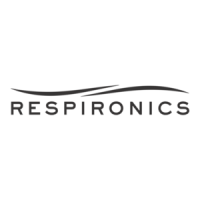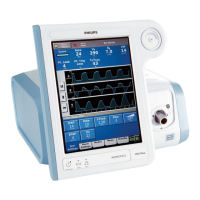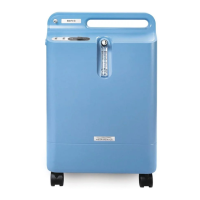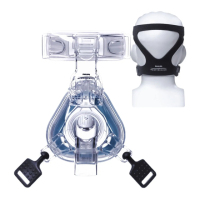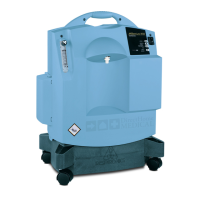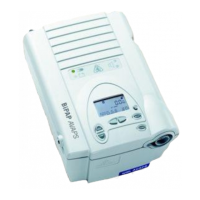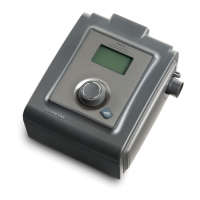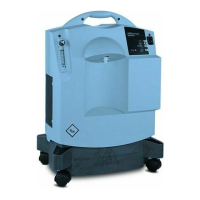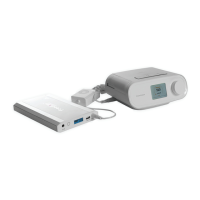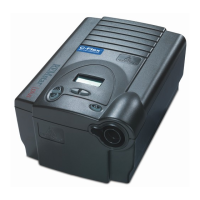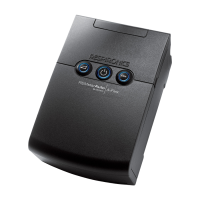Do you have a question about the Respironics Trilogy 100 and is the answer not in the manual?
Provides overview of Trilogy 100 & 200 system, therapy modes, and power sources.
Explains Trilogy O2 & 202 system, features, and oxygen blending capabilities.
Contact information for technical assistance and customer support.
Highlights safety hazards and potential injury to people associated with device operation.
Outlines conditions that may result in equipment or property damage.
Details the accuracy of various control parameters like IPAP, EPAP, and Tidal Volume.
Explains the function and operation of the AC/DC power supply unit.
Describes the power management board's role in controlling multiple power sources.
Details the system board's function in interfacing components and controlling the motor.
Explains the functionality and components of the CPU daughter card.
Describes the sensor board's role in providing pressure and flow feedback.
Outlines the components and functions of the front panel board for user interface.
Details the interface board's role in external device communication and accessory power.
Details how to view and change settings in Full Menu Access mode.
Explains how to modify device settings and alarms, including mode and circuit type.
Covers how to adjust options like Menu Access, Detailed View, Language, and Alarm Volume.
Provides a summary of high, medium, and low priority alarms, their descriptions, and actions.
Offers a table of device actions, possible causes, and corrective actions for troubleshooting.
Lists error codes, probable causes, and corrective actions for ventilator malfunctions.
Details preventive maintenance schedules and procedures for authorized service personnel.
Details the setup and execution of the Trilogy Field Service Application for testing.
| Device Type | Portable Ventilator |
|---|---|
| Tidal Volume Range | 50 to 2000 ml |
| PEEP | 0 to 25 cm H2O |
| Modes of Ventilation | CPAP |
| Power Supply | 100-240 V AC, 50/60 Hz |
| Display | Color LCD |
| Alarms | Apnea, Low Battery |
| Pressure Range | 4 to 50 cm H2O |
| Respiratory Rate | 4 to 60 breaths per minute |
| Inspiratory Time | 0.3 to 3 seconds |
| FiO2 | 21 to 100% |
| Data Storage | SD card |
| Battery Life | Up to 3 hours internal, up to 6 hours with external battery |
